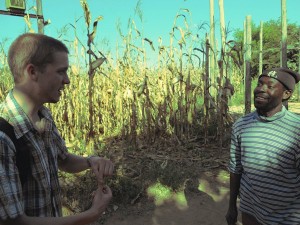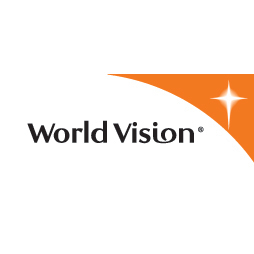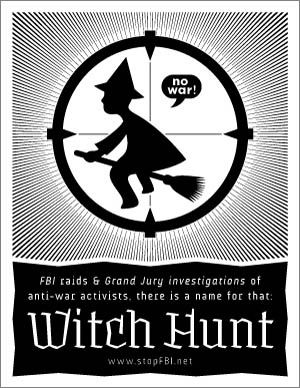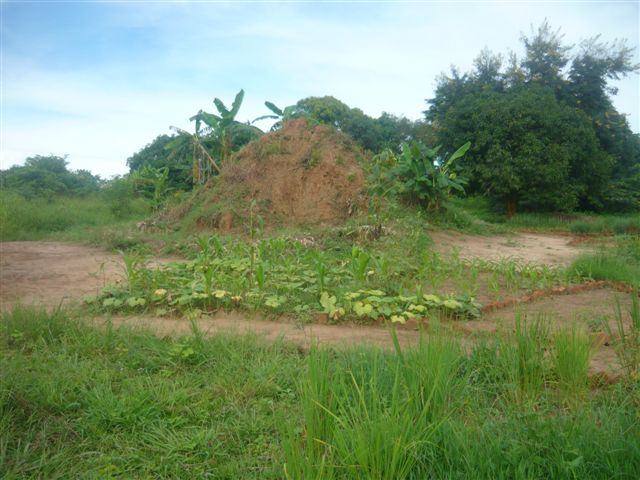Chris Pelkey spent his summer in Malawi helping poor businesses grow.

Pelkey, a fourth-year electrical engineering student at the University of New Brunswick, wanted to help Malawi develop and gain experience that he could bring back to Canada.
Pelkey worked for a company called Rent-To-Own. His job was to travel with two staff members that he would train. One of them learned how to use electrical equipment, and the other used a record-keeping program that Pelkey designed. He also met with Rent-To-Own’s agents to figure out what type of skills they lacked.
Pelkey said Malawi is very diverse.
“The capital city had a huge shopping mall that was nicer than anything we have in Atlantic Canada,” he said. “That was sort of juxtaposed with this rural village I was in where the house I was staying in didn’t have electricity, the toilet was a hole in the ground and there was no running water. So every morning we’d go and collect water in a wheelbarrow and bring it back to the house.”
According to Pelkey, Cabanda, the town he stayed in, has an average annual income of around $200 or $300 a year. There is a lot of poverty, but everyone has food, water, a roof over their heads and clothes on their back. People rely on each other to survive. A brother might take care of their sibling’s children if they aren’t being fed enough, or another family would supply someone with food. He said their life isn’t as bad as big charitable organizations make it out to be.
When you go to the mall to do your Christmas shopping, you might be approached by people who show you pictures of diseased African children or sad-looking orphans and tell you that there are thousands of villages with people like this who need your help. These are the messages that Pelkey disagrees with.
“I think it’s really humiliating, the way that they portray Africans, and it’s not an accurate picture. It does happen in certain situations, but those situations are very few and very far between,“ he says.
“You wouldn’t see them unless you really went looking for them. You know those pictures you see of kids with flies all over them and they can’t even do anything about it? I didn’t see that once. I never saw someone that was so hungry that they were just bones. It’s not accurate at all.”
***
Sarah Lyons worked as a fundraiser for World Vision’s child sponsorship program. World Vision is a Christian international aid organization that, according to its official website, wants to address poverty through the development of communities. Lyons, an arts student at UNB, said she researched which organizations are trustworthy before applying for a job.
“[World Vision is] not about giving anybody fish. It’s about teaching everybody to fish, giving them all the equipment that they need to fish, and then teaching them how to maintenance that equipment and maybe produce it themselves,” Lyons said. ”It’s self sufficiency.”
Lyons used Money Sense Magazine’s Charity 100 list to pick World Vision. The list grades 100 of Canada’s charitable organizations on things like the percentage of spending going into programs, the compensation of the CEO or highest paid salary member, fundraising efficiency and governance/transparency. World Vision has an overall grade of B+, roughly in the middle of the international aid rankings.
Lyons admits some charitable organizations try to show the worst scenarios to get pity from people.
“Maybe some of them are depicting an accurate situation where there are people that they want to help, but a lot of them are just fudging it up to get your money.”
Lyons also warns that some organizations spend a lot of the funds collected on administration and employee salaries.
“In 2008 my sister went over to Africa and she volunteered at a couple of different places . . . She ended up at a terrible organization where half of her money was pocketed ‘for administration,’” Lyons says. ”On Christmas, the kids didn’t get any toys, they didn’t really have adequate food to eat, and then there was no power that day.”
***
Tina Reissner sponsors a child through World Vision. She was approached at the Regent Mall this summer while shopping with her fiancé. She was impressed because the girl who approached her assured her the money she donates goes towards education, water and food for the children, and not just World Vision’s administration. But Reissner’s fiancé was skeptical.
When the woman showed them a picture, her fiancé said, “Am I going to go to a friend’s house and see that same picture on his fridge?”
The World Vision worker said she’s heard of organizations that do that, but hers doesn’t.
“She said she was actually going to visit that village this Christmas, and she would check on [the child] for us,” Reissner said. “She kind of went into more detail, she started talking about how she sponsors six different children and she showed me one particular child that she sponsors, and she showed me pictures of the whole family. Then she started to cry, because she’s so emotionally invested in what she does. Then of course I started to cry, then my fiancé was like ‘OK. Let’s write the cheque now.’”
Reissner pays forty dollars a month to sponsor 4-year-old Shukula. She gets pictures of him and writes him letters, and said to her family he feels like her children’s younger brother.
***
Both Pelkey and Lyons agree that if someone wants to help third-world countries, they should do lots of research first.
Lyons recommends Money Sense Magazine’s Charity 100 list, or asking experienced volunteers for guidance.
“If you know somebody like me who’s been over to Africa, and you know you want to help, and you want to give your money, it would really help if you knew that it was going somewhere.”
Pelkey said even buying fair trade products is an easy way to help.
“It’s not going to solve the problems overnight if one family starts buying fair trade products, but it is a good system. It’s helping people where they need it, and helping in a way that’s sustainable.”
“Another way to help out is just to understand the realities of what is happening over there. Read up about it, get to know the situation a little better, so when you do decide to support an organization, you’ll know which ones are maybe a little better or a little worse.”





No comments! Be the first commenter?